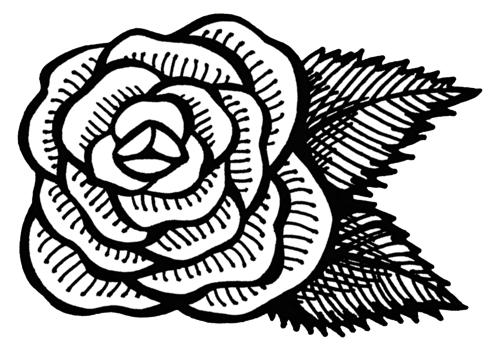We have a wonderful treat today! Jessica Knight, artist and author of the Otherlings Tarot has joined us for an interview on her gorgeous and unsettling new deck in progress. A world traveler, Jess is based in Arizona, where she studies esoteric philosophies and crafts works of art and words. The Otherlings Tarot is her first deck, and is sure to catch eyes and turn heads in the indie tarot community. Her Patreon campaign for the Otherlings Tarot just launched today!
I really like art that feels like it encompasses polarity. I like things that are raw, imperfect, and undone—maybe also an extension of myself in that way too.
Welcome Jess! Introductions first. Tell us a bit about yourself and your journey with tarot and the occult.
Hi! I’m an artist and tarot reader living in Arizona. My current project is The Otherlings Tarot.
Where my love for tarot and the occult started is a bit blurry...I had oracle cards that my mom would buy us from high school on, so you could say that was my very loose introduction to divination. I don’t think I had an actual tarot deck until 2012 or ‘13, though.
It started then, innocently enough, pulling cards here and there but throughout the next two years and by 2015, I would have called myself a full-blown student: keeping tarot journals, pulling dailies, creating spreads and what have you.
My fascination with the occult probably was seeded in from an earlier age, but as far as diving into a deep study of esoterica in adulthood- that didn’t emerge until around the same time for me. I had a tumultuous adolescence, and I believe I had to let things, and myself, settle before this came through me in a stronger way, and before I felt confident to follow this path.
And what has your journey with art been like? You have a beautiful and distinctive hand. How did you find your voice as a self-taught artist?
Thank you so much! This is an interesting question for me. I actually didn’t begin consistently making art until the ripe age of 26. I mean, the journey starts before that: I’ve always loved art. In 7th grade I wanted to be an art historian and took art classes throughout high school, but I didn’t think I was any good. Like I said, I went through a lot of upheaval in my younger years, and from about 12 years old on and off, and well through college, I had very low self-esteem and self-value. I say this, because I think it has 100% shaped my art to this day, and is one of the main reasons behind The Otherlings project.
When I went into college, I did choose Art History as a minor—but as I began to take art classes, I was extremely hard on myself and didn’t think I was good enough to follow through—so I swiftly dropped out of them and changed my minor to Anthropology. I pretty much shut the door on my own creativity at that point.
Fast forward some years, I began to grow into myself...especially after graduating college. One day in 2017 I was just doodling and something came out that I decided I liked. I shared it with friends, who egged on my excitement and I kept going. The affirmations I received from the world around me really helped encourage that. From that day forward, it has been mostly non-stop. It felt like an unearthing of something that had laid dormant for too long, and I had so much in there that needed an outlet, whether the technical skill was there or not.
I can’t say I’m fully aware of how my voice has developed. Whatever I draw is an extension of myself, so looking back I just see the themes most meaningful to me coming out on paper. I just drew everyday and sometimes it was (and still is) shit and sometimes it was something I was into, but I didn’t succumb to the self-bashing like I used to. I followed whatever I was gravitating towards as far as influences: the natural (and super-natural) world, the feminine form, the weird, kind of off-putting stuff.
That back and forth conversation with my inspiration has shaped my art to look the way it does today. I really like art that feels like it encompasses polarity. I like things that are raw, imperfect, and undone—maybe also an extension of myself in that way too.
That’s beautiful. Props for coming back around to art! So many people stop for fear of being untrained or “not good enough.” This is a great example of how far you can get by showing up to make stuff every day! Any advice for those looking to start or maintain a daily creative practice?
I am so glad that I did and it’s one of my greatest hopes that anyone who needs that reminder to get back to their art, wherever they are on that journey, hears it and heeds it! I think one guiding principle is really important, if not the most important: let curiosity steer you rather than expectations. Be curious to see what comes out of you everyday and what wants to be worked with, rather than becoming fixated on a certain outcome, style, or medium. Let yourself be inspired by a wide range of things, and instead of looking at any of it as something to emulate or imitate or wish you had created, just stay in the place of admiration and allow yourself to be truly curious about what it is, what elements are speaking out to you, and why that is. You’ll see its influence come out in unexpected ways and it will be through your own emerging voice, rather than one straining to be what it is not.
Being led by curiosity also works another level, which is the mental and emotional path that creativity will undoubtedly take you on. You will not always feel motivated, excited, satisfied, confident, or skilled. You will absolutely feel like you want to give up or throw away your projects sometimes. And other times you’ll feel like you created a masterpiece and want to share it with everyone you know. This is part of it! It is not a step of the process that can be skipped or glossed over. Be curious about the places in your mind that this takes you to. Be curious about how it informs your art, or points you towards places in your heart that need attending. Hold onto unfinished ideas or mistakes, and be curious about how their evolution might circle back in a couple days, weeks, months, or even years later.
There will be blocks and challenges that come up, and they are there to strengthen your skills, tenacity, and artistic compass. They aren’t there to squash you as a creator, they are actually tantamount to becoming a better creator. The main thing is staying in relationship with that part of you. Even when you are not creating, keep that curious mind going. I have read books that left me viewing life as poetry, and I’ve had street-side puddles do the same. The work is becoming more open and receptive to what pulls you and how it ends up being translated through you.
How did the Otherlings Tarot project begin? What inspired you to create your own deck?
It seemed a bit random at the time! I was hanging out at a coffee shop in my neighborhood. My husband had just convinced me to take a couple month hiatus from my barista job for our honeymoon, so I had all this time freed up between our road trips and travels that summer. An image of the High Priestess popped into my head so I drew it, and I remember I posted it on Instagram with a caption like, “One day I’ll make a tarot deck”, and hours after that I just kept drawing and was like, “Screw that—today I’ll make a tarot deck!”.
Those first sketches I did in the car, in motels, in the tent as we were camping in beautiful places… pretty much anywhere I got a chance to work on it. I didn’t have plans to distribute at first, I was just working through the illustrations in no particular order, size or format.
As I kept going, and I felt the passion and momentum start to build in me, and my relationship with the characters I was looking at on the paper began to deepen, I decided this was definitely something I want to share with the world.
One of the other names I toyed with for the deck was The Unacceptable Tarot. Whether I’d gone with that or The Otherlings, I think the inspiration that really started to drive the project is in the name. I wanted to make a tarot deck that spoke directly to beliefs that I have struggled with for a long time, which were that I was unacceptable in some way, that I didn’t belong, that I was in some way the “other”, and this sense of being uprooted. I wanted to flip the script and say, OK, maybe we are indeed strange, maybe we are different in some way. Let’s not try and change that, let’s recognize it as our superpower instead. Once I realized that was the message, I felt called to put it out there where others could benefit from it too.
I am so glad that I did and it’s one of my greatest hopes that anyone who needs that reminder to get back to their art, wherever they are on that journey, hears it and heeds it! I think one guiding principle is really important, if not the most important: let curiosity steer you rather than expectations. Be curious to see what comes out of you everyday and what wants to be worked with, rather than becoming fixated on a certain outcome, style, or medium. Let yourself be inspired by a wide range of things, and instead of looking at any of it as something to emulate or imitate or wish you had created, just stay in the place of admiration and allow yourself to be truly curious about what it is, what elements are speaking out to you, and why that is. You’ll see its influence come out in unexpected ways and it will be through your own emerging voice, rather than one straining to be what it is not.
Being led by curiosity also works another level, which is the mental and emotional path that creativity will undoubtedly take you on. You will not always feel motivated, excited, satisfied, confident, or skilled. You will absolutely feel like you want to give up or throw away your projects sometimes. And other times you’ll feel like you created a masterpiece and want to share it with everyone you know. This is part of it! It is not a step of the process that can be skipped or glossed over. Be curious about the places in your mind that this takes you to. Be curious about how it informs your art, or points you towards places in your heart that need attending. Hold onto unfinished ideas or mistakes, and be curious about how their evolution might circle back in a couple days, weeks, months, or even years later.
There will be blocks and challenges that come up, and they are there to strengthen your skills, tenacity, and artistic compass. They aren’t there to squash you as a creator, they are actually tantamount to becoming a better creator. The main thing is staying in relationship with that part of you. Even when you are not creating, keep that curious mind going. I have read books that left me viewing life as poetry, and I’ve had street-side puddles do the same. The work is becoming more open and receptive to what pulls you and how it ends up being translated through you.
How did the Otherlings Tarot project begin? What inspired you to create your own deck?
It seemed a bit random at the time! I was hanging out at a coffee shop in my neighborhood. My husband had just convinced me to take a couple month hiatus from my barista job for our honeymoon, so I had all this time freed up between our road trips and travels that summer. An image of the High Priestess popped into my head so I drew it, and I remember I posted it on Instagram with a caption like, “One day I’ll make a tarot deck”, and hours after that I just kept drawing and was like, “Screw that—today I’ll make a tarot deck!”.
Those first sketches I did in the car, in motels, in the tent as we were camping in beautiful places… pretty much anywhere I got a chance to work on it. I didn’t have plans to distribute at first, I was just working through the illustrations in no particular order, size or format.
As I kept going, and I felt the passion and momentum start to build in me, and my relationship with the characters I was looking at on the paper began to deepen, I decided this was definitely something I want to share with the world.
One of the other names I toyed with for the deck was The Unacceptable Tarot. Whether I’d gone with that or The Otherlings, I think the inspiration that really started to drive the project is in the name. I wanted to make a tarot deck that spoke directly to beliefs that I have struggled with for a long time, which were that I was unacceptable in some way, that I didn’t belong, that I was in some way the “other”, and this sense of being uprooted. I wanted to flip the script and say, OK, maybe we are indeed strange, maybe we are different in some way. Let’s not try and change that, let’s recognize it as our superpower instead. Once I realized that was the message, I felt called to put it out there where others could benefit from it too.
Their magic was stronger for overcoming other's perceptions of them, and they held special power that grew stronger from harnessing the entirety of their complex states-of-being.
Their myth lives on, and through tales now passed from generation to generation, they are exalted and revered as Wise Ones; not despite their unacceptable nature, but because of it .
Powerful! You’ve written a rich backstory for this deck. Can you summarize the tale behind it for people who are just discovering your work?
For sure! Here’s an excerpt from my website:
“Each creature and being you will meet along the way is in some way distinct in their differences.
They exist outside, and beyond convention.
Their story is one rooted in another realm: A long time ago, a group now known as The Otherlings were outcast from the community and families they were born into. They were left to live on the outskirts, due to those in power’s inability and refusal to see them for what, and who, they truly were.
The Otherlings found solace in their new surroundings. They made homes out of clouded skies, deep, cold waters and dark, rich soil. The elements responded in kind to them in ways that the townsfolk never had.
They learned from a great teacher who went by many names:
Desert and Rainstorm; Cave and Snake; Tree and Sea.
Much time had passed when those who had shunned them began to realize with great regret that even greater wisdom came hand in hand with the Otherlings' strange nature.
Their magic was stronger for overcoming other's perceptions of them, and they held special power that grew stronger from harnessing the entirety of their complex states-of-being.
Their myth lives on, and through tales now passed from generation to generation, they are exalted and revered as Wise Ones; not despite their unacceptable nature, but because of it.”
The artwork for this project is so character driven. There’s plenty to decode in terms of symbol, but some mystery beyond that. Each piece gives the impression that there is more behind the scenes than the reader will ever know. Do you imagine backstories for each character as you draw? Is there mystery there from your perspective as well?
A little bit of both! I haven’t written out extensive background for them as of yet, although I do explore these ideas in my mind often. I imagine myself as the traveler and what it would be like to encounter them: where they live, what they sound like, their personalities, their counterparts, their previous families... I have toyed with the idea of making their mythology part of the guidebook, or maybe it’s something I’ll just incorporate in my Patreon. I think it would be so cool to get deeper with them on an individual level and as a pantheon and share that.
Let’s talk about grotesqueries! The figures in this deck are so charming and grotesque both at once. What does the grotesque mean to you and why use distortion, oddity, and deformity to explore spirit?
It is to glimpse at unseen parts of ourselves, and give a voice to the unheard. By over-emphasizing the “weird”, I hope to call attention to how strange we actually are. Like, look at your fingers and toes and veins for long enough and it’ll sink in—we are odd! We all hide behind these veneers and pretend not to be, but we are. When I look at The Otherlings, I see myself in them. Maybe that’s because I drew myself into them, but maybe it’s because we all might see a way to relate to them.
In a lot of modern imagery depicting spiritual figures, we see them white-washed, youthful, and attractive by Western ideals. What and who are we erasing there? If we could see our deities- would they really only have two eyes and arms and legs and be easy to look at? Or would they be something less familiar to our eye- part animal, part planet, part plant, part something we don’t even have a name for? I’m going to go with the latter! Nature is weird; we are nature.
A lot of times, something only looks odd or disturbing to us because we’ve been trained to see it that way or because it diverges from our learned standards of beauty. Spirit is vast, and infinite and deep...pretty much the opposite of those standards. This is one way to rewild our sense of self and explore that idea.
For sure! Here’s an excerpt from my website:
“Each creature and being you will meet along the way is in some way distinct in their differences.
They exist outside, and beyond convention.
Their story is one rooted in another realm: A long time ago, a group now known as The Otherlings were outcast from the community and families they were born into. They were left to live on the outskirts, due to those in power’s inability and refusal to see them for what, and who, they truly were.
The Otherlings found solace in their new surroundings. They made homes out of clouded skies, deep, cold waters and dark, rich soil. The elements responded in kind to them in ways that the townsfolk never had.
They learned from a great teacher who went by many names:
Desert and Rainstorm; Cave and Snake; Tree and Sea.
Much time had passed when those who had shunned them began to realize with great regret that even greater wisdom came hand in hand with the Otherlings' strange nature.
Their magic was stronger for overcoming other's perceptions of them, and they held special power that grew stronger from harnessing the entirety of their complex states-of-being.
Their myth lives on, and through tales now passed from generation to generation, they are exalted and revered as Wise Ones; not despite their unacceptable nature, but because of it.”
The artwork for this project is so character driven. There’s plenty to decode in terms of symbol, but some mystery beyond that. Each piece gives the impression that there is more behind the scenes than the reader will ever know. Do you imagine backstories for each character as you draw? Is there mystery there from your perspective as well?
A little bit of both! I haven’t written out extensive background for them as of yet, although I do explore these ideas in my mind often. I imagine myself as the traveler and what it would be like to encounter them: where they live, what they sound like, their personalities, their counterparts, their previous families... I have toyed with the idea of making their mythology part of the guidebook, or maybe it’s something I’ll just incorporate in my Patreon. I think it would be so cool to get deeper with them on an individual level and as a pantheon and share that.
Let’s talk about grotesqueries! The figures in this deck are so charming and grotesque both at once. What does the grotesque mean to you and why use distortion, oddity, and deformity to explore spirit?
It is to glimpse at unseen parts of ourselves, and give a voice to the unheard. By over-emphasizing the “weird”, I hope to call attention to how strange we actually are. Like, look at your fingers and toes and veins for long enough and it’ll sink in—we are odd! We all hide behind these veneers and pretend not to be, but we are. When I look at The Otherlings, I see myself in them. Maybe that’s because I drew myself into them, but maybe it’s because we all might see a way to relate to them.
In a lot of modern imagery depicting spiritual figures, we see them white-washed, youthful, and attractive by Western ideals. What and who are we erasing there? If we could see our deities- would they really only have two eyes and arms and legs and be easy to look at? Or would they be something less familiar to our eye- part animal, part planet, part plant, part something we don’t even have a name for? I’m going to go with the latter! Nature is weird; we are nature.
A lot of times, something only looks odd or disturbing to us because we’ve been trained to see it that way or because it diverges from our learned standards of beauty. Spirit is vast, and infinite and deep...pretty much the opposite of those standards. This is one way to rewild our sense of self and explore that idea.
Increasingly, a large portion of humanity views itself as more important than any other creature or being, alive or not. . . . Powerful shifts happen when we remember and devote ourselves to the divinity in all things. Especially the forgotten, bizarre, and undomesticated parts which need the most protecting in ourselves and the rest of our planet.
Yessss!!! In so much popular spirituality there’s an unspoken expectation for divinity to closely resemble humanity. I love how you’re shaking that here!
I think humans naturally tend toward making really big, or intangible, concepts neat and tidy so that we can wrap our heads around them with more ease and comfort. On the other hand, I believe part of this is active and dangerous conditioning.
Increasingly, a large portion of humanity views itself as more important than any other creature or being, alive or not. It follows that we leapt to see our deities as ideal versions of us, because how could divinity look like the mountains we are mining, the ancient rock formations we are fracking, the water we are dumping toxic waste into, or the animals that have gone extinct? Powerful shifts happen when we remember and devote ourselves to the divinity in all things. Especially the forgotten, bizarre, and undomesticated parts which need the most protecting in ourselves and the rest of our planet.
What I am redirecting our attention to here is by no means new or my own, and long predates me by many other lifetimes. The cultures and spiritual ideologies that have held similar views are the ones that today’s society continues to try and quiet and erase.
How do beauty and grotesquery interrelate to your eyes? Do you find beauty within the grotesque? Is beauty even necessary or relevant within otherness, oddity, and complexity?
I find them inseparable, each lives inside the other. Beauty as a standard, no. That becomes irrelevant. But the way I tend to redefine beauty could be described as as a reverent feeling with an awe-or love-inspiring quality for whatever it is that draws that out of us, which yes- absolutely has its place inside of otherness and oddity in my mind. When I experience beauty in that sense of the word, it has depth to it. The grotesque provides that depth, or complexity.
Do you have any advice as an artist for those looking to cultivate an appreciation of the grotesque and imperfect, when this doesn’t come naturally—perhaps for folx who struggle with their own imperfection or strangeness?
I would suggest directing our eyes and minds to a different world. All we believe is the result of some story that we’ve been told, or a story that we continue to tell ourselves, right? If we start to shake up that story and break down its walls, or bring in a new story entirely—we can make space for some new beliefs about ourselves and the way things are.
Start with old art and sculptures—like tens of thousands of years old. See how our ancestors depicted themselves and the ways in which they looked different. Start reading old myths that explore human nature, or the imperfection of gods.
We can spend time in nature, and write sweet poetry about ourselves comparing our features to our surroundings. I’ve written about my acne scars as craters on the moon, and my knees as burls in a tree. If it is something non-physical we struggle with, we can write about it as a force of nature like a thick fog, a monsoon, or an undertow. Something ethereal or powerful, neither good nor bad. It’s so much easier said than done, I know, but if we can start to fall in love with old stories, art, our environment- and then start to see ourselves as part of those things, perhaps we can fall in love with ourselves too.
Decomposition feeds new growth, sacrifice begets abundance, decay gives way to renewal. It’s like the inseparability of beauty and the grotesque—there can’t be one without the other.
I love the decompositional elements throughout the deck! Each piece suggests simultaneous growth and decay. The Death archetype and shadow elements have always had their place in the tarot. (And your Death card is stunning!!! That’s such a make-or-break card for me when deck shopping.) Why infuse the whole deck with imagery of decomposition? What role do death and decay play in illuminating life and growth?
I appreciate hearing that! The Death card is a big one for me, too. Maybe this is just what comes out when someone with a heavy Saturnian influence (5 planets in Capricorn…) creates a tarot deck?
We are perpetually in cycle, and each cycle has a point at which an end transforms naturally into a beginning. As we are born in each new moment, we die as we were in the last, only to be born again into the next, and so on. Decomposition feeds new growth, sacrifice begets abundance, decay gives way to renewal. It’s like the inseparability of beauty and the grotesque—there can’t be one without the other. So I suppose I draw it this way as a reminder. I think it is also an ongoing process of coming to terms with these ideas myself.
You’ve outlined a strong vision for what you want this deck to do for its readers. Can you tell us a bit about the purpose and motives behind this project?
Yeah! I’d love to. The imagery in a tarot deck plays a large part in steering the interpretation of our readings, as our mind interacts with the symbolism. In this deck, what I hope the seekers see is a piece of themselves in these eccentric figures and scenes. If we can see ourselves in the Otherlings, we too can break from the mold of what or who we are "supposed to be”—according to anyone other than our inner knowing.
My motives are basically providing a tool for reflection; one with which we face our challenges head on, allow hidden parts of ourselves to rise up into consciousness, and examine our complexities with love rather than avoidance, judgment, or shame. This deck may at first feel uncomfortable, but I think (I hope) upon deeper contemplation will feel very caring and helpful in cultivating a devotional practice for the places in us that have felt wounded, estranged or abandoned by us or the world.
Hmmm…There’s a running theme here in this conversation and in your work of leaning into difficulty and sticking with rich material even when it feels uncomfortable. That takes some fortitude. You’ve touched on the healing and power that can bring. How can people bolster their courage to play with discomfort this way, and stick with it long enough to get to the good stuff?
I can’t pretend to have a surefire answer to this, as I still find myself at that gate of discomfort often and it honestly isn’t easy to push through most of the time. It is only through hindsight and reflection that I have been floored at the amount of growth, reward and healing that happens once I walk through those doors. So if we can remind ourselves again and again of times when we were scared and did it anyway, and just how much good came of it, we may start to hear ourselves saying “Yes!” to confronting our fears more often. That has been how it has gone for me. I think we have to talk about it out loud. A good support system here is really helpful. Having even just one person we trust to help us decipher what is true danger vs. what is anxiety is a good way to get out of our head, and out of our own way. I’ve been reminded of this again recently. It feels good to know that I can return to this next time I come up against discomfort, or be of service to a friend in this way when they do.
Opposing forces create a necessary tension that keeps the whole in balance. Both forces live inside of each other, and would not exist without the other. They are in an endless dance, cycle after cycle, that gives way to creation, destruction, and creation once more.
Your Instagram feeds are such a great read! You constantly reference philosophy and spiritual teachings, and reflect deeply on your material. What’s your background with philosophy and what philosophies most shape your world view?
My interest was piqued at points in my high school and college classes, but these were basic introductions and I was never the greatest student during formal education. Previously, however, I was growing up around the world due to my parents’ careers, and exposed to different spiritual ideologies through that. The things you absorb as a kid sometimes sit patiently in you for a long while until they’re ready to be worked with. So I was lucky to travel to ancient Buddhist stupas, and the Golden Temple which is a beautiful and important sacred site for Sikhs; I was hearing the beauty of the Muslim call to prayer 5 times a day; I watched Bharatanatyam performers dance their way through Hindu legends. My inner world was colored by this, and my mind was primed to be curious and receptive in terms of philosophy and spirituality.
Putting words to my thoughts verbally is a struggle sometimes, and I feel more comfortable writing them out. So I started writing down my developing ideas about the multiverse, and sharing that on Instagram. Creating the deck opened up the space to explore those thoughts even further. Once I realized what blossomed forth was my personal philosophy, it got me curious about the history of philosophy again. This was the point at which I started studying famous figures and ideas, and re-familiarizing myself with the roots of Western and Eastern philosophy. I sought to deepen, and at times challenge, my own understanding, and I was simply hungry to learn.
At this juncture, I would say that dualistic monism is the strongest and most consistent theme that shapes my metaphysical beliefs. Opposing forces create a necessary tension that keeps the whole in balance. Both forces live inside of each other, and would not exist without the other. They are in an endless dance, cycle after cycle, that gives way to creation, destruction, and creation once more. I can’t help but see this woven into everything from nature to politics, to relationships…and very much so in the tarot!
The format of Instagram as a craft and vehicle for deep thinking in itself is so underrated. I like what you’re doing over there—it’s inspiring! Any thoughts on how we can better engage with social media as a tool for profound conversation?
Thanks so much! This is tough. I know people approach this app in varying ways. I love using it to ramble, but this isn’t something everybody is interested in slowing down for, and that’s OK. It’s set up for a short attention span in the first place, as long-winded captions reach capacity and butt heads with line spacing issues. I love memes, animal videos and selfies as much as the next guy, *and* I crave more in the space.
Some people are cruel online because they aren’t face-to-face, but some are more vulnerable because that comfortable barrier is there. That vulnerability can send out powerful ripples, and a lot of people (me included) feel a recognition in reading resonant words from others, as well as receiving thoughtful responses in an unexpected place.
Instagram draws our attention from the world around us into a screen. I realize this. But, if we are going to use it, can we use it for good? Can we use it as a place to challenge harmful “isms,” affirm the good in the world, redirect focus from weight loss teas toward things that matter, share meaningful stories, increase awareness, inclusivity and find connections based on compassion and love for humanity? I think so.
The key (this is directed towards myself as well) is figuring out how we carry those positive attributes into action into our “real life” encounters. The two don’t have to be at war. We are each essential resources to the growth of all. One place we are guaranteed to reach others is on social media. So, if you’ve got the energy to expend on there, and you are a writer: write! If you’re an educator: educate! If you are an activist: spread your message! We can fill our online spaces with more profundity among the fun stuff, it all has its place.
That’s such a good point. There is room for variety, and lots of value to create all around!
Will there be a companion guidebook for this project?
Oh, yes! I love thoughtful guidebooks, and I intend on offering one. I hope that my purpose with this deck will become really clear with the accompanying words, and provide real ways to to guide the seeker in their self-work.
Do you have a favorite card? Who’s haunting you lately?
I don’t know that I’ve had one haunting me recently, but The High Priestess has always spoken so strongly to me. The presence of mystery is inescapable in this card, and there is a reminder that however deep I think I’ve gone in some exploration, that I can go much deeper. Whatever world I find myself residing in, I remember there is another world beside it. It takes you out of your brain’s stores of knowledge, and into unfamiliar territory in which wisdom begins to arise. Being card number 2, I get a lot of that duality my mind so often returns to... I am called to the 2 of Swords in a similar way. I don’t know if that explains it, but yeah, The High Priestess is a special one to me.
Yes, that’s a lovely explanation.
In drawing the Otherlings, I had the intention of creating some of them as extensions or outgrowths of the place they inhabit . . . I want us to remember ourselves as nature, not in nature. We always belong here, even when we don’t feel we have a place in any other human construct, we always belong to the Earth.
You’ve lived and traveled all over the world, and landed in the desert. What role does place play in your process? I love how several of your figures, like The Hermit and The Moon, appear to dissolve right into a landscape. The American Southwest is such an incredible corner of the world! How does the desert creep into your art and spirit, and how does landscape shape these characters?
I love this question! The Hermit card is the most specific example, and embodies, to me, the spirit of place in the hoodoos of Utah’s Bryce Canyon. The Moon card shows an elder with hair that seamlessly turns into ocean waves, and a face that makes up a quarter of the moon. We may understand on an intellectual level that we are made of star stuff, as Carl Sagan put it, but a part of us has become so detached from that fact. Our wise bodies recognize it though, and to remember for a moment and dissolve into the landscape ourselves is nothing short of magic, and realigns us deeply, I think. In drawing the Otherlings, I had the intention of creating some of them as extensions or outgrowths of the place they inhabit, such as The Star with scales and tail anchoring the creature to a small muddy pond, hands touching constellations overhead. I want us to remember ourselves as nature, not in nature. We always belong here, even when we don’t feel we have a place in any other human construct, we always belong to the Earth.
The desert is very much a part of my spirit since moving here. There is a spaciousness in the low desert, a vast emptiness that invites, intimidates, and expands those who dwell here. It inspires me endlessly.
I’ve lived and explored many other landscapes besides this, and this is what feels like home. As for how it may inform The Otherlings, there is a resilience and hardiness in desert life that comes from difficult conditions, and that can absolutely be said for these characters as well.
What’s next for this deck and how can the people help make it happen?
The next step is my Patreon, which I am so stoked to say launches today (Nov. 25, 2019)! It would be very helpful to have support on there, and there will be plenty of goodies including original art, writing, process photos and videos of new cards, personal and collective tarot readings, tarot teachings, zines, Otherlings merch down the line, and maybe even some of that mythology we touched on earlier in the interview. I intend on focusing a lot of energy there, so if this project is something that interests you- it’s definitely be the place to be :) The Majors are done, but the majority of Minor Arcana cards still need to be created so there will be a ton of new content regularly popping up on there, along with ways for you to participate in this deck’s creation. Check it out at www.patreon.com/otherlingstarot!
Oh almost forgot—a little question that weighs big for some deck collectors—will the final deck be black and white?
Yes! This deck will be staying black and white. That has been a part of the vision from the get-go. I love the starkness and dramatic contrast of black and white art, and this is another nod to the polarities and extremes that work together to shape my philosophy. I have also wanted there to be a feeling that these cards are a pile of found drawings telling the Otherlings' story. I think that keeping them black and white lends itself to that, and it leaves a lot of room for our imagination to play around with them too.
How can everyone keep up with you and support your work in general? Any other upcoming projects or events we should know about?
I am usually pretty active on both my personal and tarot Instagram accounts: @cathartistaura and @theotherlingstarot. This is where I suggest keeping up to date with all the latest happenings! My website is www.theotherlingstarot.com, and my Etsy for non-Otherlings creations is www.etsy.com/shop/cathartistaura/. I’ve got a zodiac inspired series of art and apparel I am working on at the moment, which you’ll be seeing for sale on there! Thank you for the support, it is met with much gratitude!
Many thanks to Jess for sharing her works and words of wisdom with us! Alright, friends, let’s hop on that Patreon and help bring this project into the world! If you can’t say “I love it” with money today, liking, sharing, following, and commenting are all wonderful ways to support indie artists and get the word out. And thank you for your support!

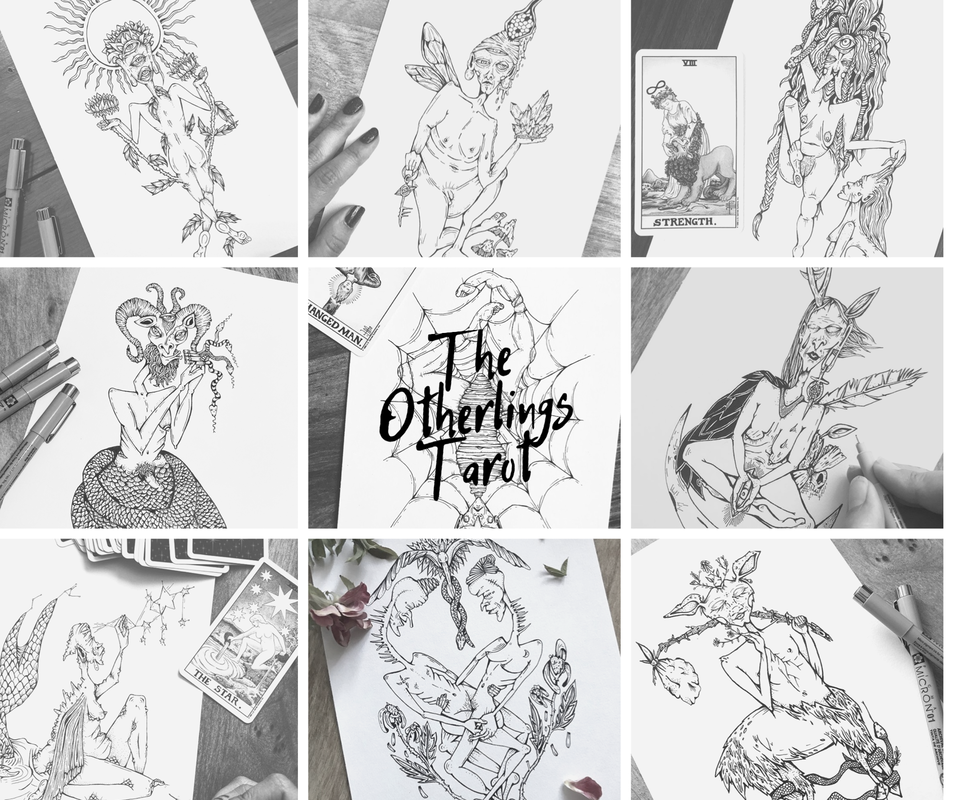
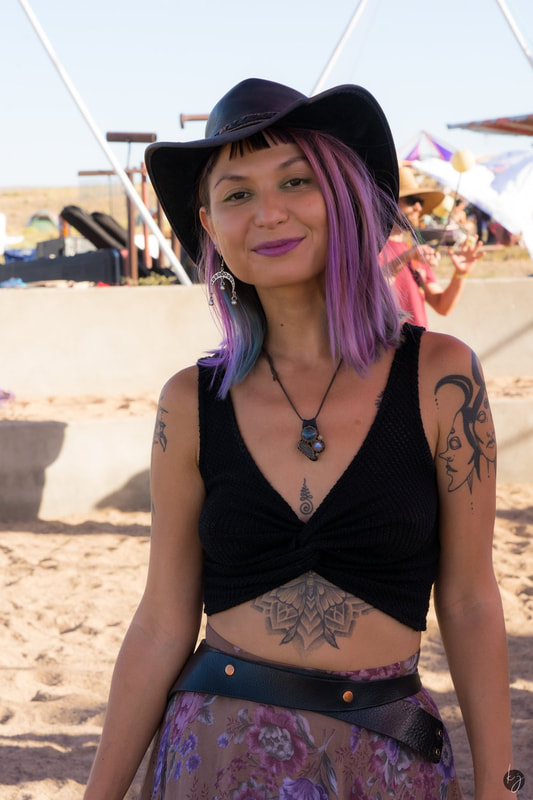
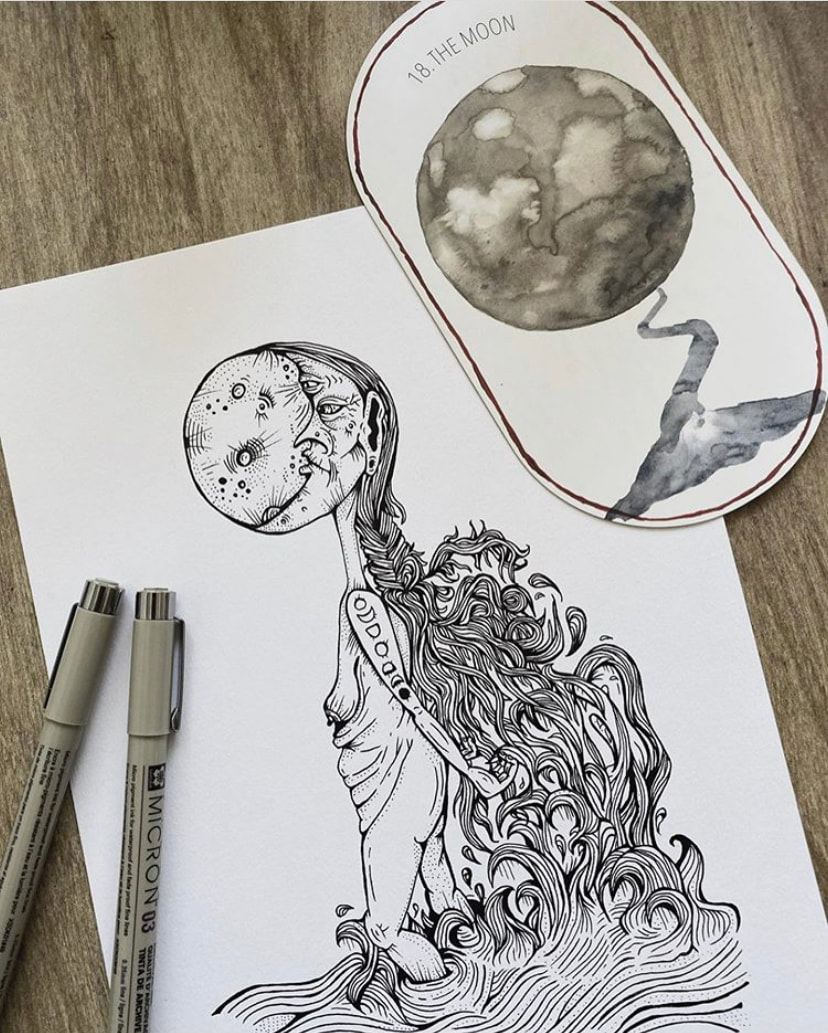
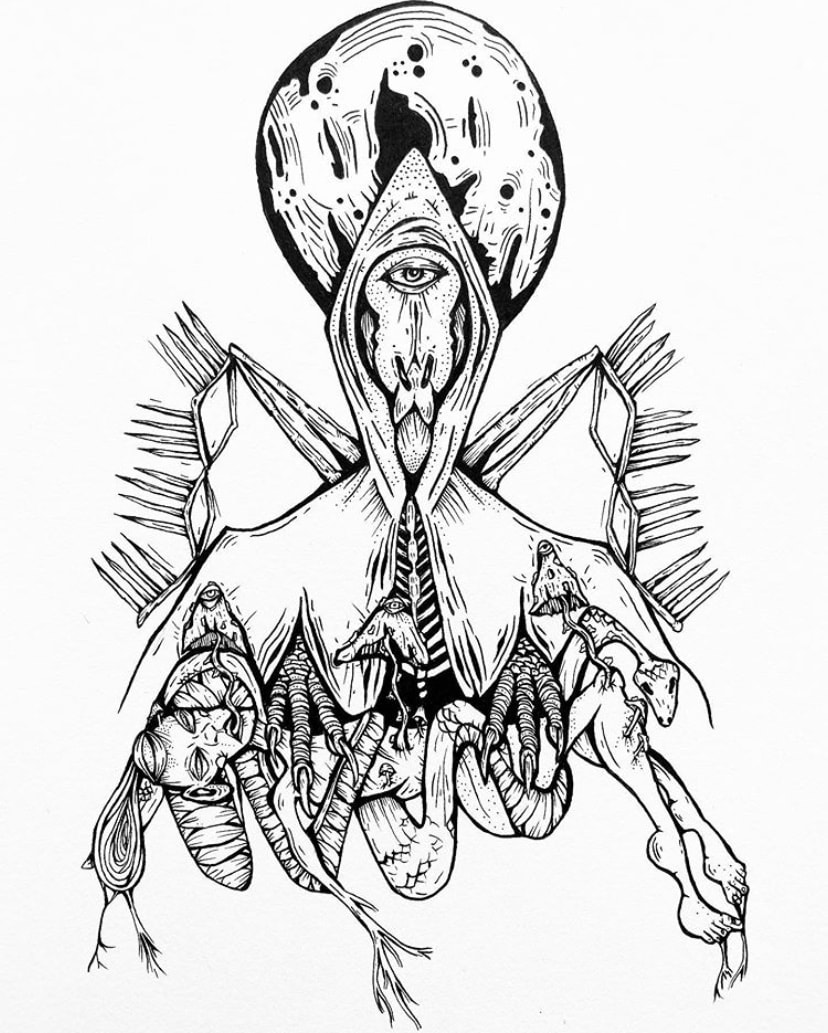
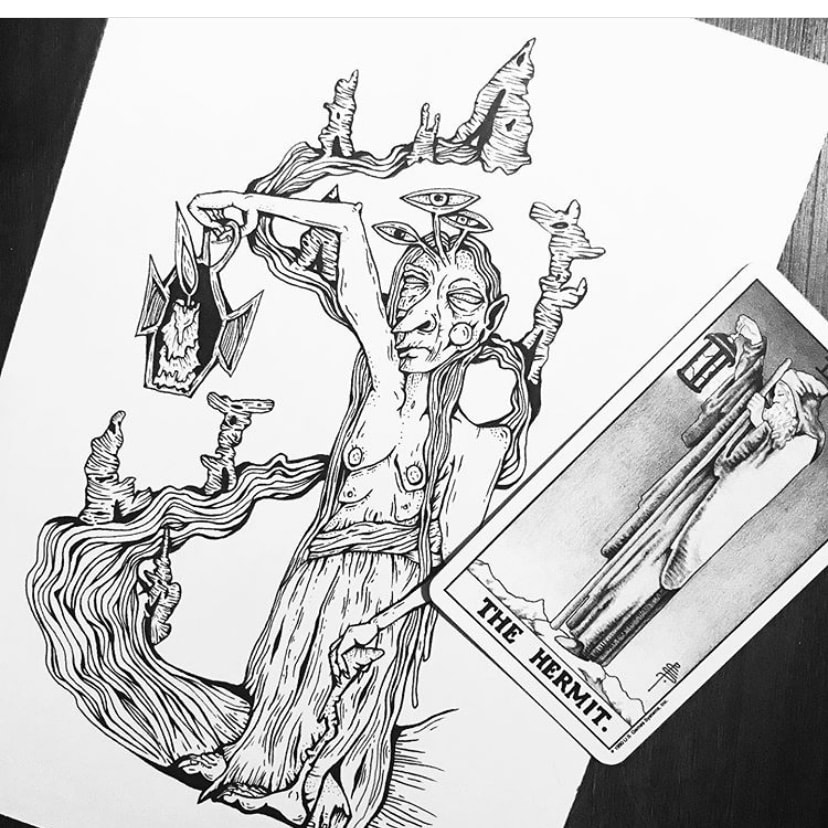
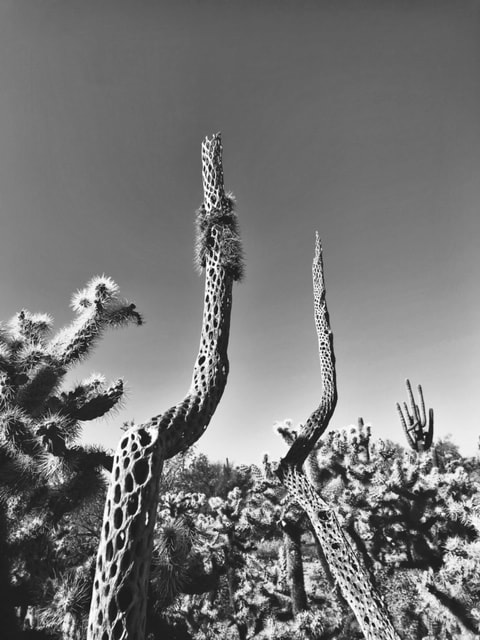
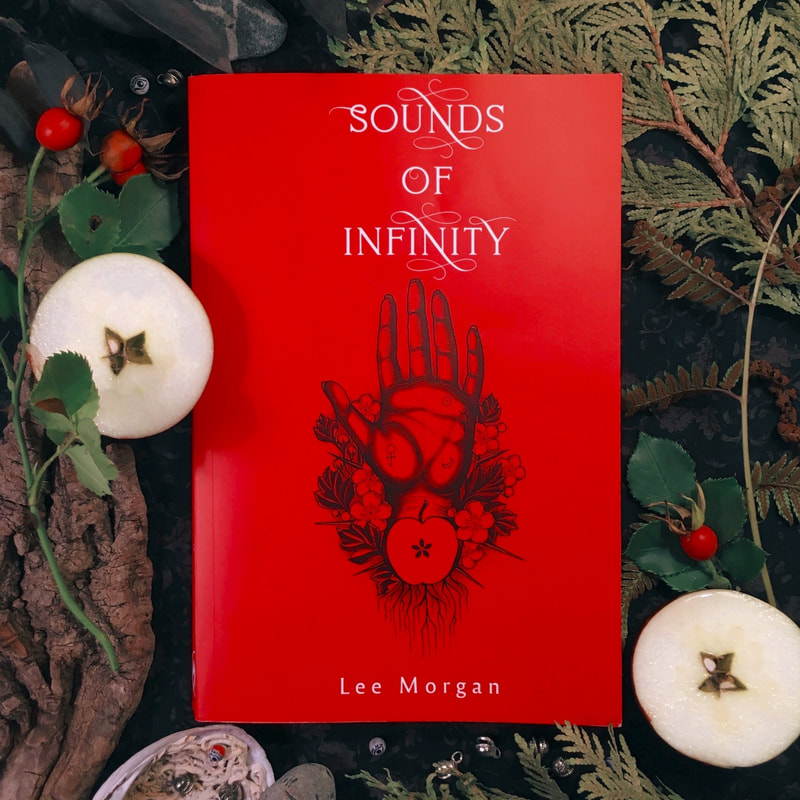
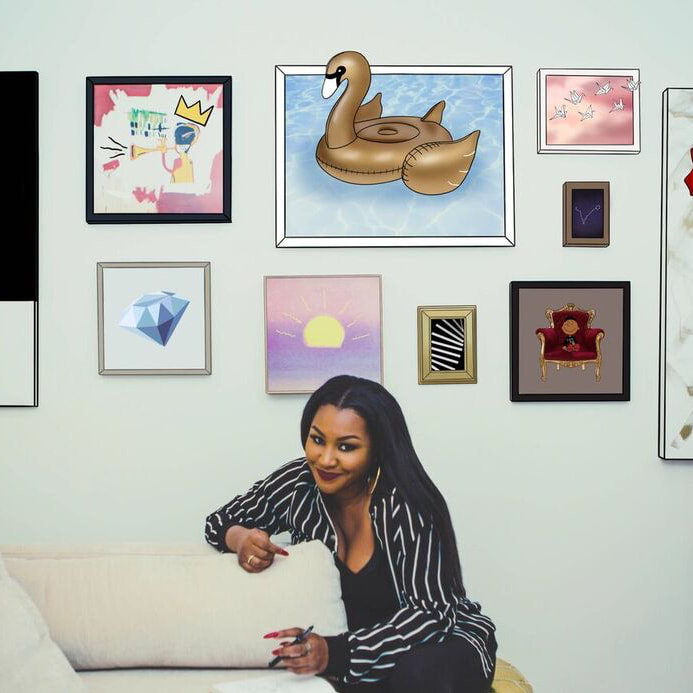
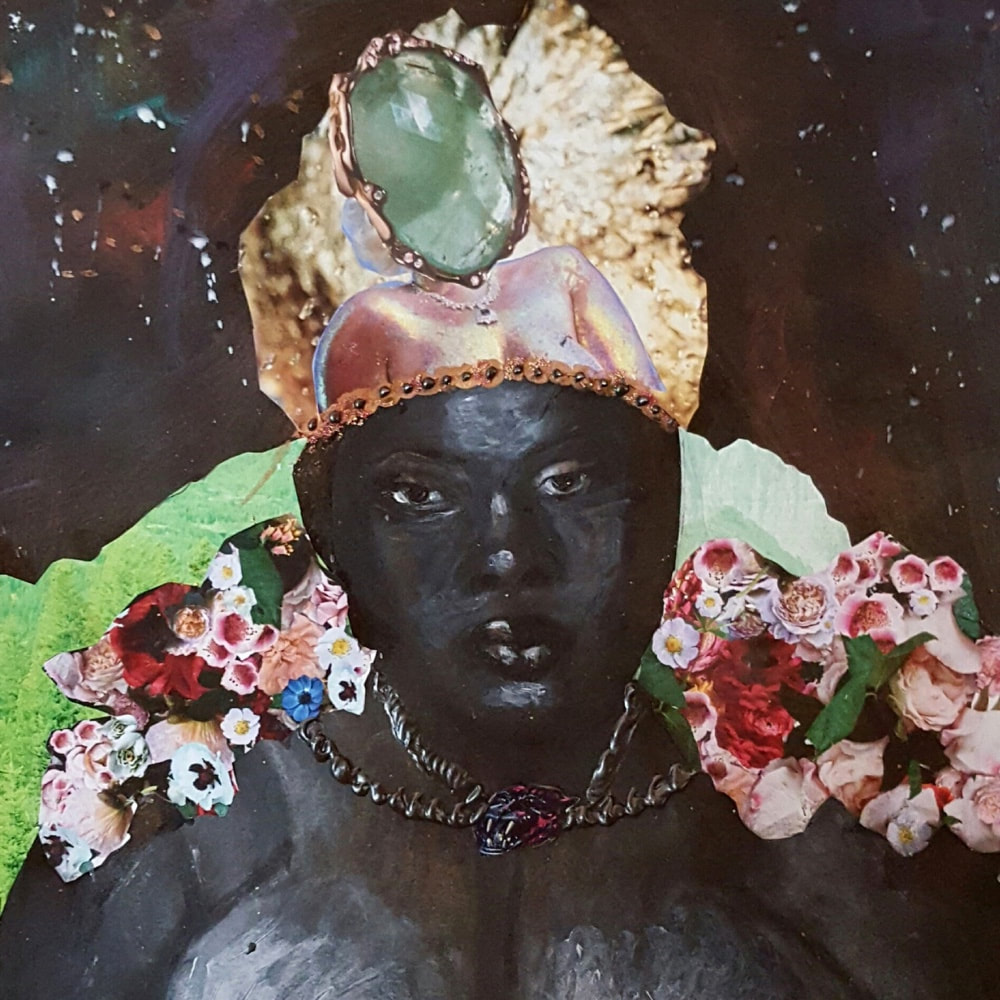
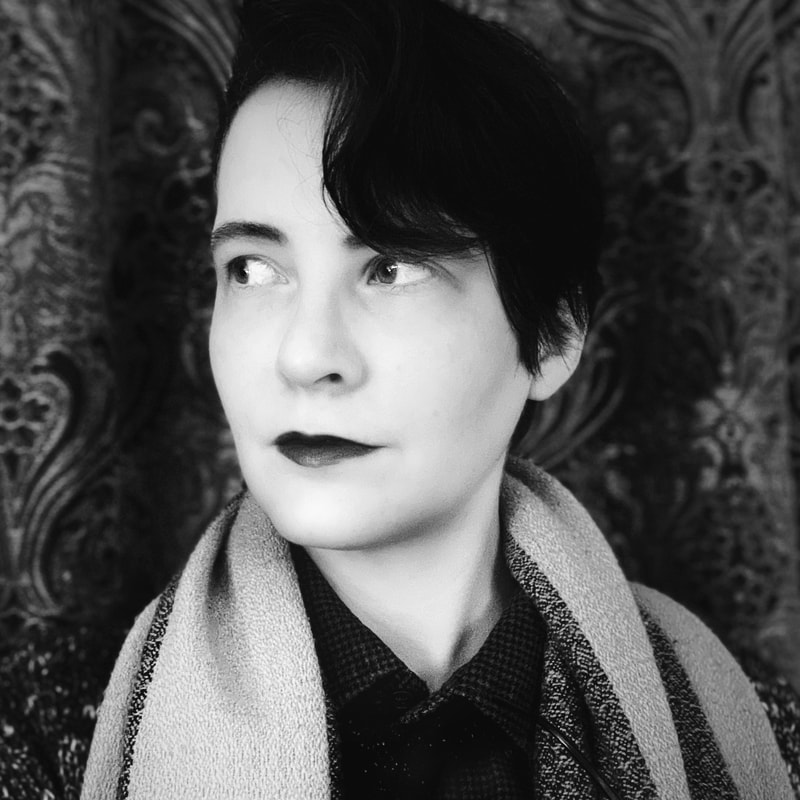
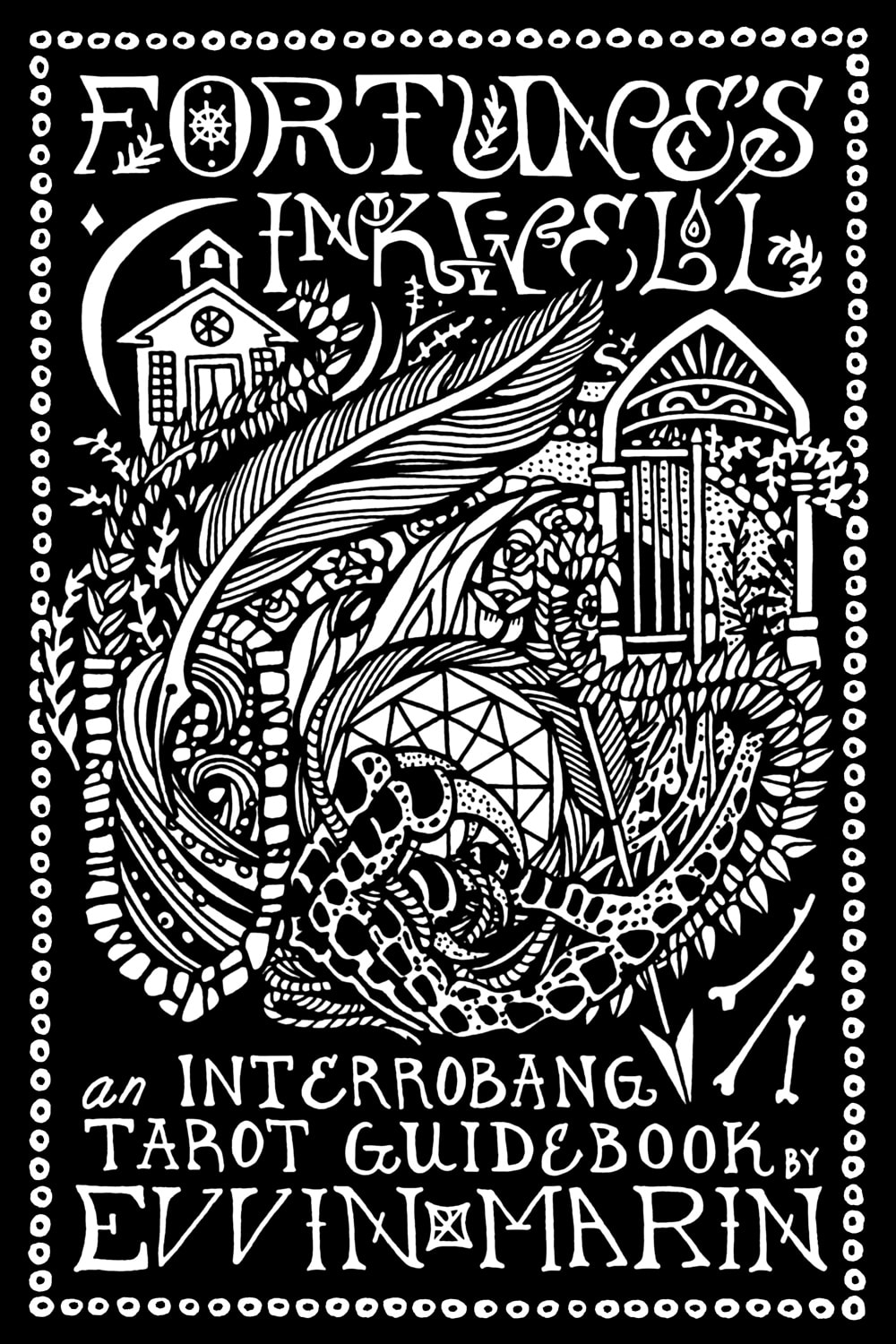
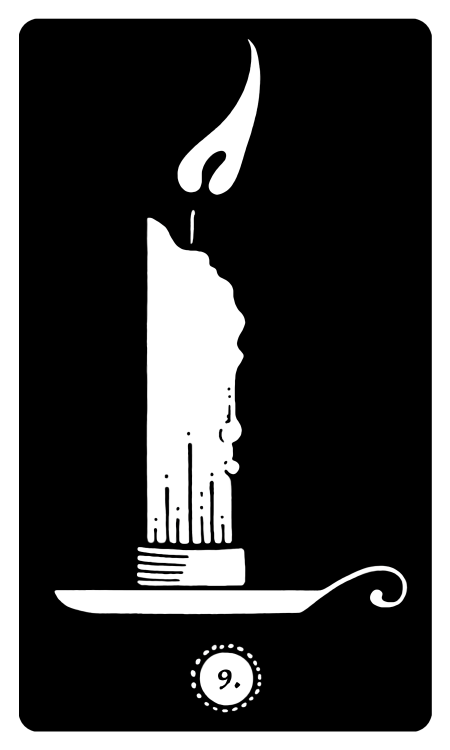
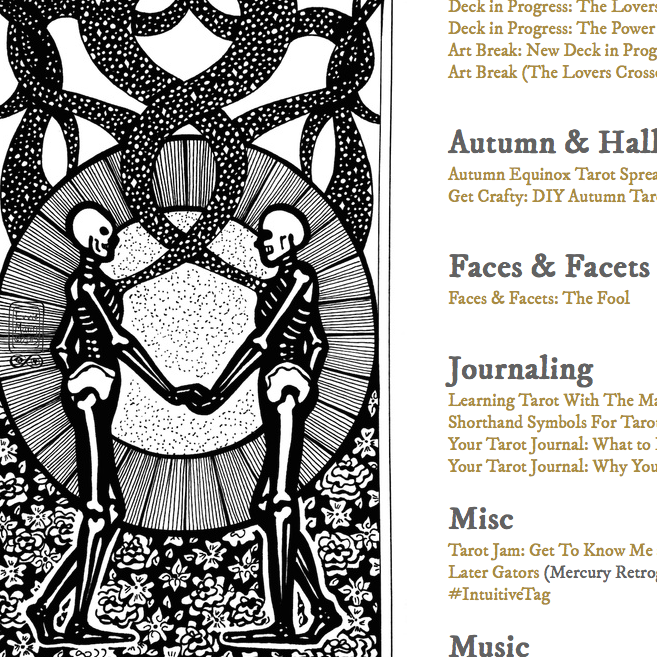
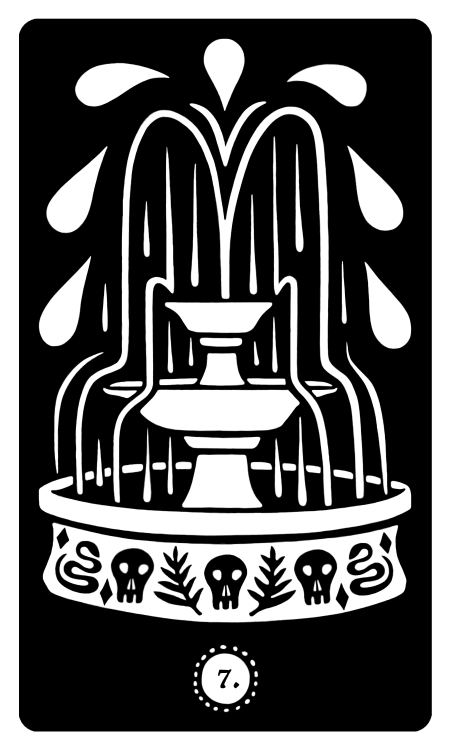
 RSS Feed
RSS Feed
